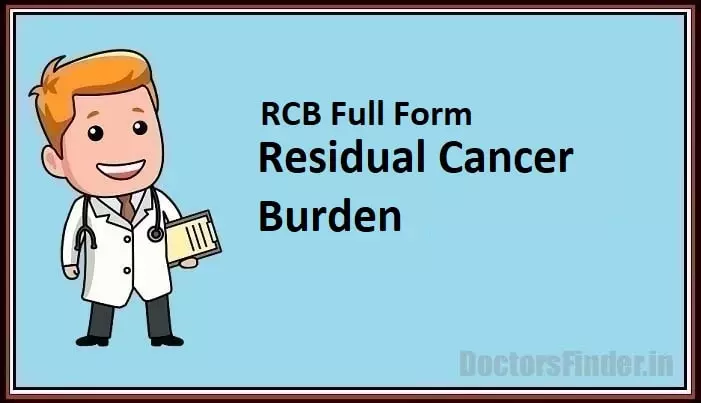The full form of RCB in medical term is “Residual Cancer Burden.”
Residual Cancer Burden (RCB) measures residual cancer after neoadjuvant therapy (chemotherapy or radiation therapy before surgery). It is a widely accepted method of assessing the efficacy of neoadjuvant treatment in breast cancer patients. The RCB score is calculated based on the size of the tumor and the number of cancer cells remaining in the breast tissue after neoadjuvant therapy.
Dr. Lajos Pusztai and colleagues developed the RCB scoring system at MD Anderson Cancer Centre in Houston, Texas. The system considers the tumour size before and after neoadjuvant therapy and the percentage of cancer cells remaining in the breast tissue.
The RCB score ranges from 0 to 3, with higher scores indicating a higher residual cancer burden. A score of 0 means no residual cancer was found in the breast tissue after neoadjuvant therapy. A score of 1 means a minimal amount of residual cancer present, a score of 2 indicates a moderate amount of residual cancer, and a score of 3 indicates a high residual cancer burden.

Patients with a higher RCB score have a higher risk of disease recurrence and a poorer prognosis. However, RCB scores can also be used to guide treatment decisions. Patients with a high RCB score may be candidates for additional therapy, such as radiation or targeted therapy, to reduce the risk of disease recurrence.